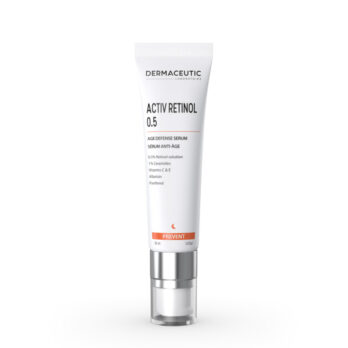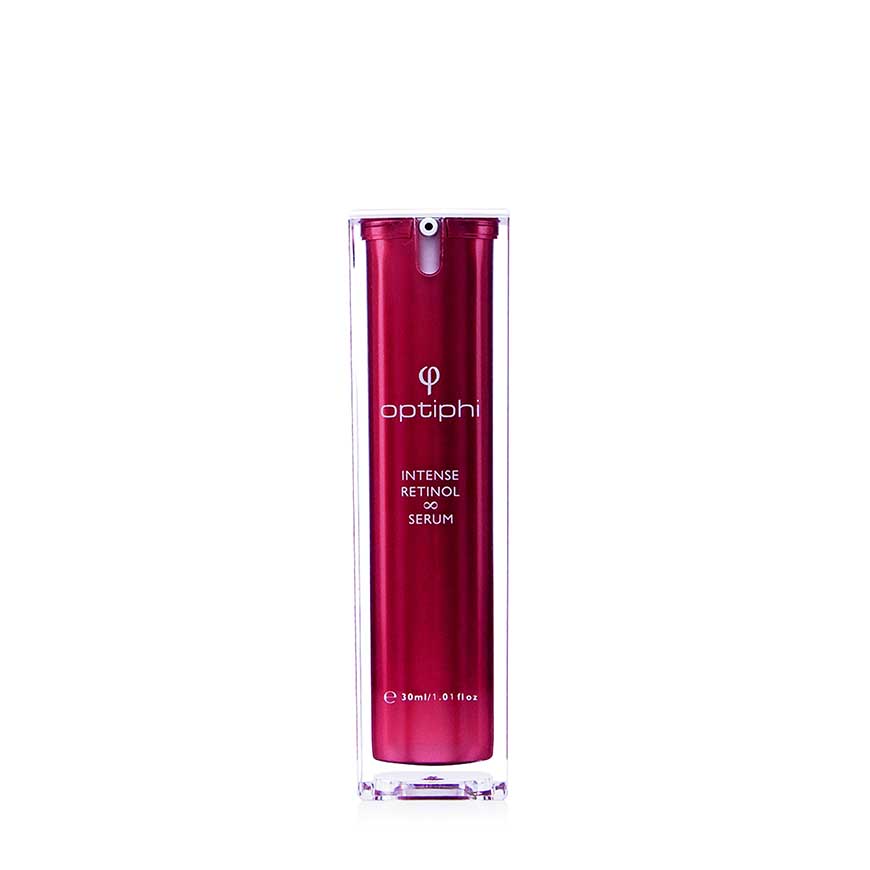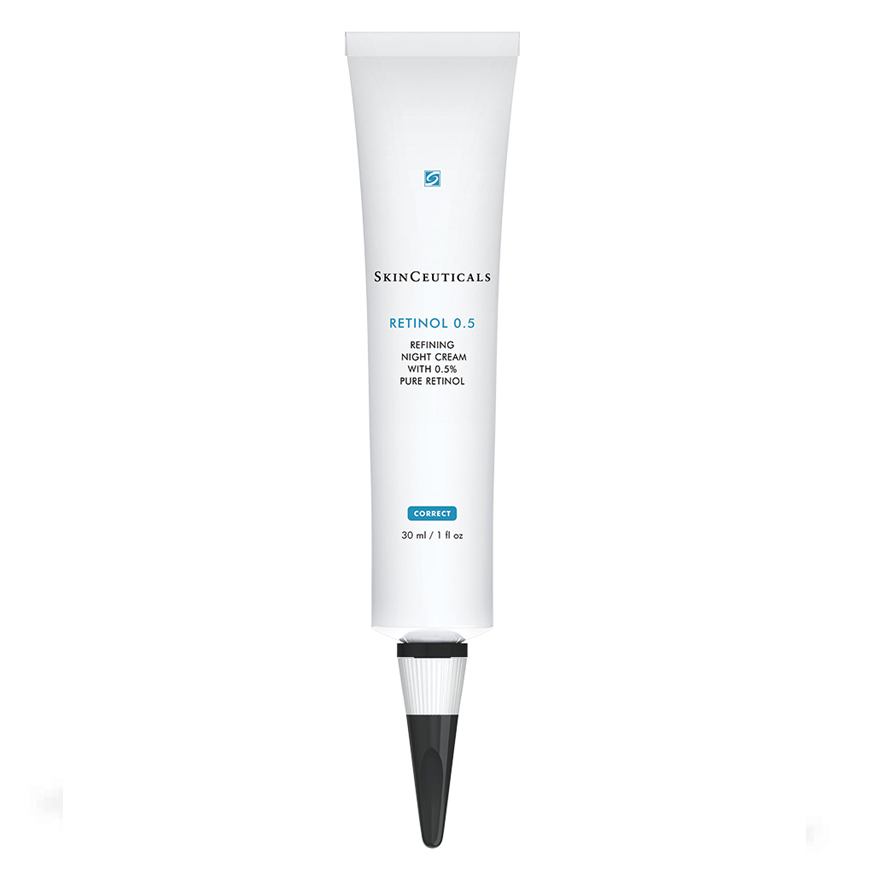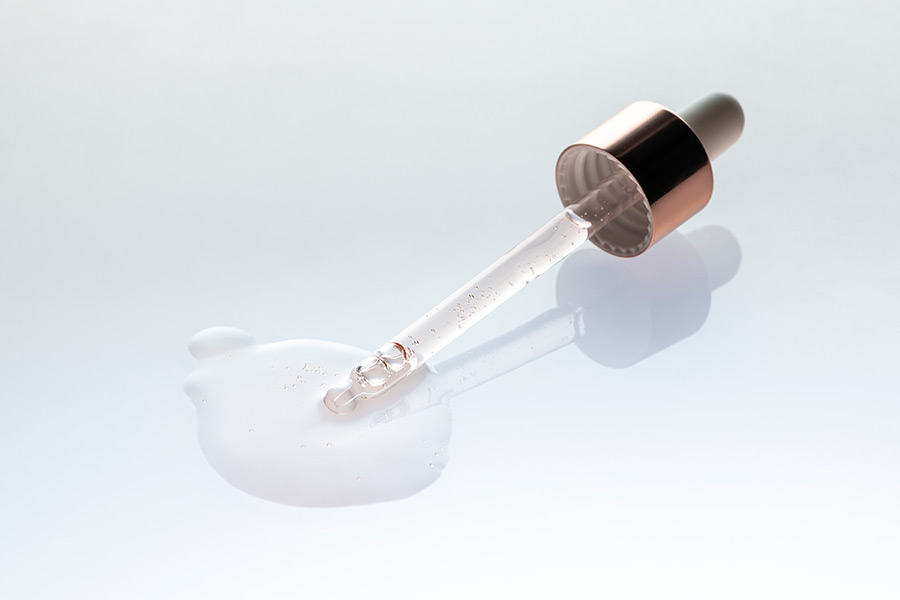In the world of beauty and skincare, trends and buzz words captivate the attention of readers, medical practitioners, and consumers alike. One concept in particular that has currently taken centre stage is the skin biome.
To better understand the word, what it means when investigating skin anatomy, and how it affects skin ageing, we’re going to take a four part journey. When it comes to visible ageing changes and what we can do to slow down intrinsic skin ageing, we can comprehend how to take action to maintain a healthy, youthful looking skin.
Stay tuned for part 2: Delaying Skin Ageing with Antioxidants; part 3: The Male Skin and the all-important Skin Barrier; and part 4: Delaying Skin Ageing through Medical Aesthetic Treatments.
Skin Anatomy
At a basic level, when we begin to appreciate the anatomy of the skin and investigate its biology, this will allow us a deeper understanding when choosing the correct skincare regime. To understand skin anatomy, here are five basics we will build a foundation on:
- The skin is the largest organ of the body.
- It makes up 15% of our body weight.
- It prevents water loss.
- It protects us from external pathogens and environmental assaults.
- It helps to maintain our body temperature.
The skin consists of three layers. The epidermis, the dermis, and subcutaneous tissue.
Epidermis:
The outer layer is called the epidermis and it consists of:
- Squamous cells: This outermost layer is continuously shed, and is responsible for forming a barrier between the skin and the external environment.
- Basal cells: Basal cells are found just under the squamous cells, responsible to continuously make new epidermal skin cells.
- Melanocytes: Melanocytes are pigment producing cells and are found in every layer of the epidermis, making melanin or pigment which can lead to hyperpigmentation.
The main function of the epidermis is protection and hydration. A disruption of this outer layer and its functions can lead to ageing skin changes, skin reactions, and skin conditions such as psoriasis.
Dermis:
The second layer (located under the epidermis) is called the dermis and it contains nerve endings, sweat glands, oil glands, and hair follicles.
The main cellular components of the dermis are:
- Collagen: Vital to keep the skin looking healthy and prevents stress related injuries.
- Elastin: Plays a role in maintaining elasticity of the skin but does very little to resist deformation and tearing of the skin.
- Fibroblasts: Precursor cells that can make either more collagen or elastin.
Subcutaneous Tissue:
Under these two skin layers is a fatty layer of subcutaneous tissue, known as the subcutis or hypodermis. This is an important layer for the skin as it provides support and serves as an energy source for the multiple physiological and cellular functions taking place in the skin.
When considering the various aspects of the skin, we need to use topical skincare products that maintain the first two epidermal and dermal layers. Furthermore, we also need ingredients that stimulate the physiological functions of the cells especially collagen, elastin, and fibroblasts.
The Skin Biome
We typically look at our skin purely from a beauty perspective. We ask ourselves a series of questions while standing in front of the mirror:
- How many new lines have I developed?
- Why are there enlarged pores?
- Why does my skin feel textured and rough?
- Where did that new pigment mark come from?
- Why does my skin feel so sensitive?
- Why does my skin look so red at times?
- Why am I developing these blemishes and spots?
If the above thoughts sound familiar, you will be surprised to know that some of the answers lie in the natural organisms that live on our skin. Our skin plays host to a vast number of microbes and more and more research is demonstrating the vital role they play in not only skin health but in overall body health.
Skin Biome Facts:
- Over 1 trillion microbes live on our skin.
- There are over a 1000 different bacterial species living on our skin.
- We have up to 80 different fungi species on our skin.
- The natural biome includes viruses and mites.
- This microbiome is not only found on the outer skin layer (epidermis) but is also found in the dermis and the subcutaneous layer.
- The skin biome requires an acidic pH of around 5.
The skin biome plays a vital role in preventing infection and maintaining the overall health of the skin barrier which ultimately protects us from ageing skin changes, water loss, inflammatory or sensitivity reactions, and immune regulatory changes. The natural biome is responsible for maintaining sebum levels which can ultimately lead to blemishes, enlarged and clogged pores and acne or oily skin.
Further research has demonstrated that the biome is directly related to our natural gut flora and to our immune systems.
How to Protect Your Natural Biome:
- Use a topical product that contains skin probiotics such as Lactobacillus Ferment Lysate.
- Watch what you eat: consider reducing or cutting out processed food and sugar.
- Considering the link between the skin biome and gut flora, add a daily oral probiotic to your regime.
- Exercise: the sweat that is produced acts as a natural probiotic for the skin.
- Consider living ‘dirty’: avoid harsh soaps and antibacterial hand and body washes. Work in your garden more and play with your pets more often.
I hope you have found the above article interesting and informative. Please see my product recommendations below that are all aimed to help maintain the outer natural biome and improve the cell functions through the different layers of the skin.
Yours in skin,
Dr Alek Nikolic.
Products to Help Maintain the Epidermis and Dermis
DERMACEUTIC Activ Retinol 0.5
Original price was: R1,405.00.R1,205.00Current price is: R1,205.00.OPTIPHI Intense Retinol Infinity Serum
Original price was: R1,712.00.R1,612.00Current price is: R1,612.00.Products to Help Maintain the Natural Skin Biome
References:
- Anatomy and Physiology of the Skin. Kolarsick, Paul A. J. BS; Kolarsick, Maria Ann MSN, ARHP-C; Goodwin, Carolyn APRN-BC, FNP. Journal of the Dermatology Nurses’ Association.
- The skin microbiome. Nat Rev Microbiol. 2011 Apr; 9(4): 244–253.
- Journal of Applied Microbiology. Topical application of probiotics in skin: adhesion, antimicrobial and antibiofilm in vitro assays. E.G. Lopes A. Moreira P. Gullón B. Gullón A. Cardelle‐Cobas F.K. Tavaria








As you can see I need a neck cream but so could not find one to prevent sagging and plumpiness. The neck cream from Exuviance just does not do it for me.
Regards
Chrstelle
Hi Christelle thank you for the message the feedback is appreciated. Please send me a high resolution photo of your neck and face to my personal email so that I can have a closer look and recommend what the best treatment would be. Kind regards Dr Alek